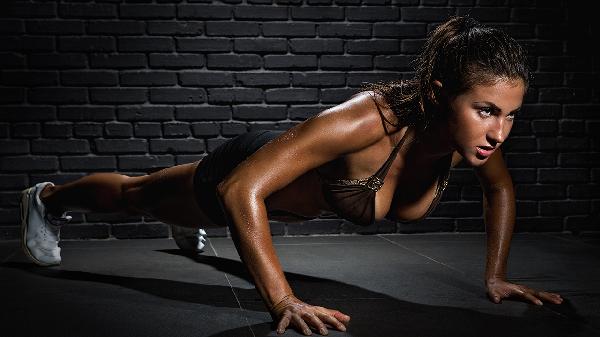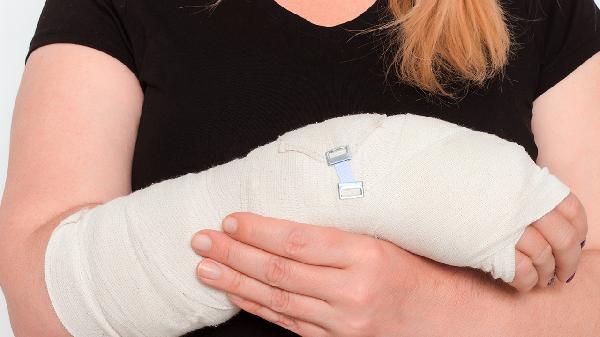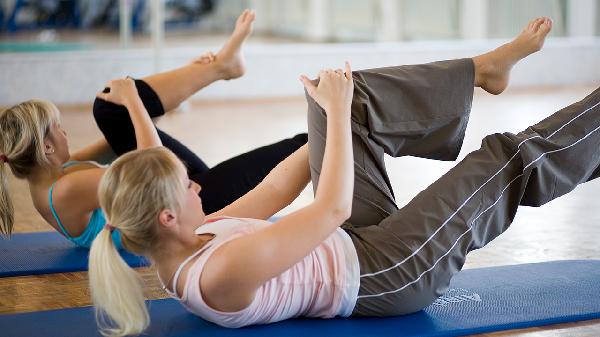Running in scorching summer heat isn't just uncomfortable—it can be downright dangerous if you're not careful. But with the right strategies, you can keep logging those miles without turning into a human puddle of sweat. Whether you're training for a fall marathon or just trying to maintain your routine, beating the heat is all about preparation, hydration, and listening to your body. Here's how to outsmart the summer sun and keep your runs productive (and safe) even when the mercury climbs.
Timing Is Everything
Forget the midday heroics—running at high noon in July is basically volunteering for a sauna session with extra suffering. Your best bet is to hit the pavement either early in the morning or later in the evening when temperatures are more forgiving. Pre-dawn runs might mean setting an alarm that feels criminal, but the cooler air and empty streets are worth the temporary sleep sacrifice. If you must run during daylight hours, seek out shaded routes like tree-lined neighborhoods or trails. Your body will thank you when it's not absorbing direct sunlight like a solar panel.
Dress Like You Mean It
That cotton tee from your last 5K? Yeah, that's a sweat sponge waiting to happen. Technical fabrics that wick moisture and allow airflow are non-negotiable for summer running. Look for light-colored, loose-fitting tops with mesh panels and shorts with built-in liners to minimize chafing. A ventilated hat or visor will shield your face while letting heat escape, and don't forget UV-blocking sunglasses—squinting for miles gives you wrinkles and ruins your form. Pro tip: If you see runners wearing ice bandanas or cooling sleeves, they're not just being extra—those things actually work when temps soar.
Hydration: More Than Just Water
Chugging a bottle of water right before your run doesn't cut it—proper hydration starts hours before you lace up. Electrolytes are your secret weapon against cramping and fatigue, so consider adding a sports drink or electrolyte tab to your routine, especially for runs over 45 minutes. Carry fluids with you via a handheld bottle or hydration vest, and practice drinking while moving (it's a skill). Post-run, chocolate milk isn't just nostalgic—it's got the perfect carb-to-protein ratio to kickstart recovery while replacing lost fluids. Watch your urine color throughout the day; if it looks like apple juice, you're playing catch-up.
Adjust Your Expectations
That PR you crushed in spring? It's probably not happening in August humidity. Heat forces your heart to work harder as your body diverts blood flow to cool your skin, which means your usual pace might feel like a struggle. Instead of fighting it, use perceived exertion rather than your watch to gauge effort. Many runners find their heart rate spikes in heat even at slower paces—this is normal. Consider splitting long runs into two shorter sessions or swapping pavement for a treadmill on extreme days. Remember, running smart in summer means you'll bounce back stronger when cooler weather returns.
Summer running doesn't have to mean suffering through every step or abandoning your routine altogether. By planning around peak heat, dressing strategically, staying ahead of hydration, and adjusting your intensity, you can maintain—and even enjoy—your miles all season long. The runners who thrive in summer aren't necessarily tougher; they're just wiser about working with their bodies instead of against the elements. Before you know it, you'll be that person casually mentioning how you "actually prefer running in the heat"—and meaning it.
























